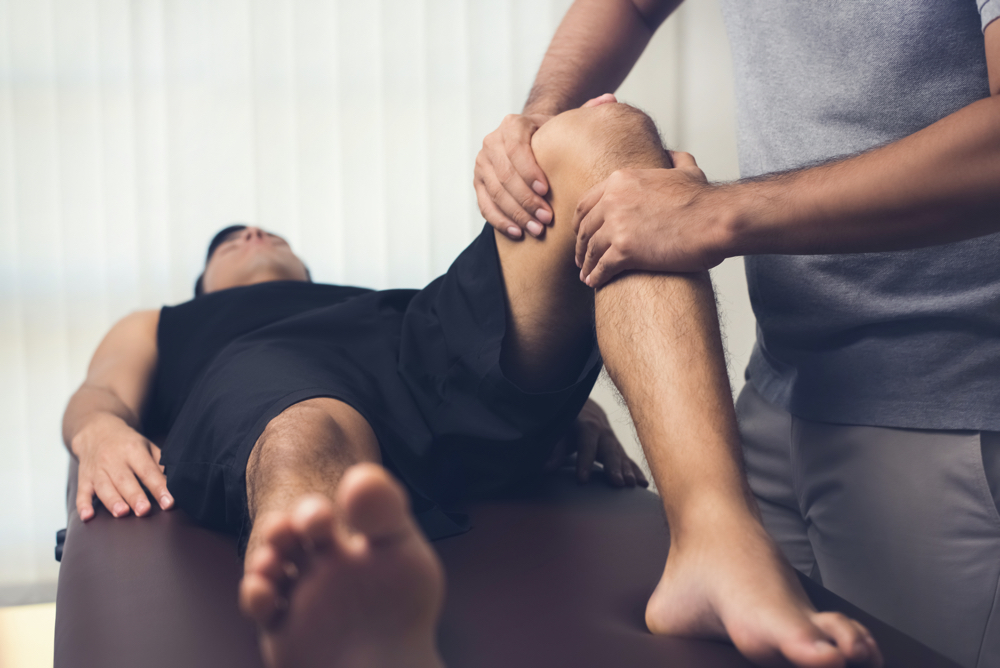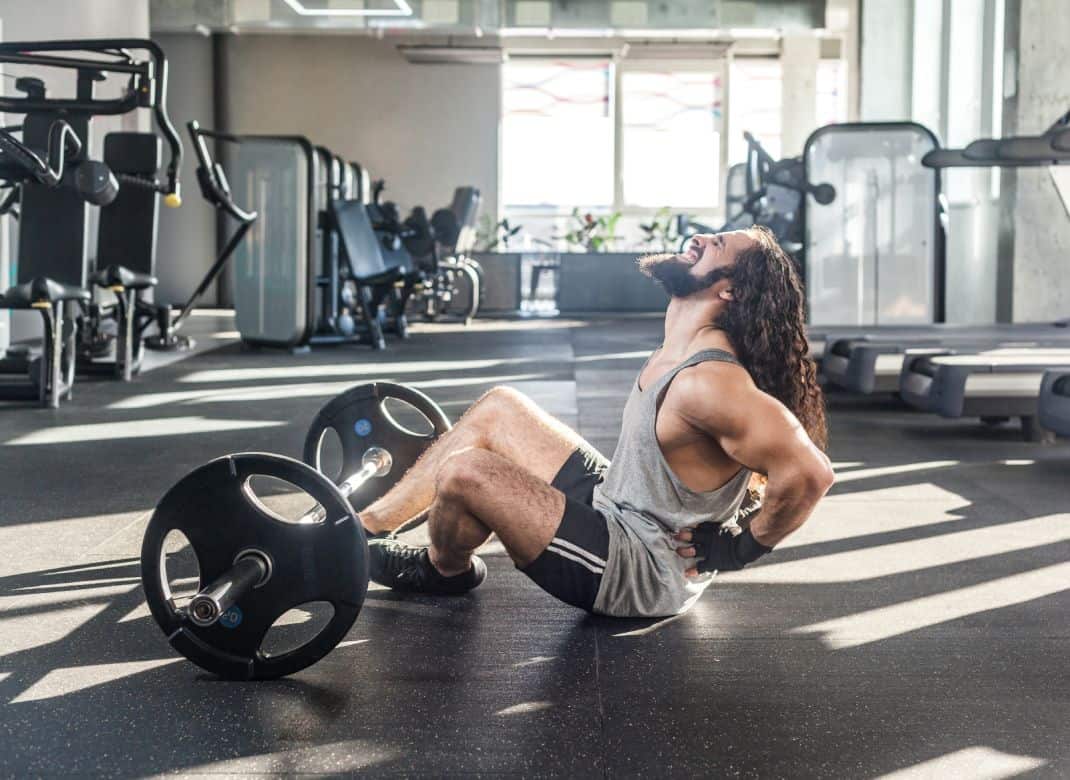Sports account for an average of 8.6 million injuries every single year in the United States. Meanwhile, athletes, and even those who simply value consistent physical activity, look for ways to push themselves farther and perform better. Although not always at the top of an athlete’s to-do list, visiting a sports chiropractor in Austin can often help with achieving both goals. Here is a look at how sports medicine, when applied correctly, can help you stay active.
Chiropractors improve strength, balance and flexibility

Athletic success depends in part upon an individual’s ability to use their body to complete the often complex or demanding moves required in their sport. And, often, sports injuries occur because an individual’s body is pushed past its breaking point due to overtraining, impacts during the sport, overuse, and other factors.
In order to prevent sports injuries and improve the body’s ability to handle the demands of a chosen activity, chiropractic sports medicine is often necessary. This approach to care focuses on improving the strength, balance, and flexibility of the patient.
For example, sports medicine can strengthen the muscles of the body, enabling them to better support an athlete’s balance and withstand stressors such as a football tackle or a marathon run. Similarly, chiropractic adjustments can support the healthy functioning of the body’s nervous system, improve coordination of the body’s muscles and improve their agility.
When the body is stronger, more agile and more coordinated, the athlete has an easier time engaging in the intense and often sudden movements of sports and other physical activities. And that can improve both their ability to thrive in their sport and avoid injuries that could take them out of the game.
Chiropractors improve range of motion

Improved flexibility can also mean improved range of motion – More of an ability to move the joints and muscles of the body throughout their full arc. Stiffness or limitations in movement make an athlete more susceptible to acute injury during athletic activity. A shoulder with full range of motion, for example, is less likely to tear during a tennis match, football tackle, or wrestling championship.
Muscle stiffness can be a sign of a deeper problem. For example, nerve impingement, overuse of the joint, or too much sports training after rehab can all decrease range of motion. Chiropractors can reverse this process with tailored techniques that address the cause of the stiffness. By addressing stiffness immediately, sports medicine can prevent more serious injuries that would keep you out of the game for longer.
Chiropractors address underlying movement issues

Treating the symptoms of a problem instead of their cause can only bring temporary relief. Chiropractors can evaluate a patient in order to identify the cause of their pain, limited motion, or injury.
Posture issues, muscle imbalances, skeletal misalignment and existing pain from sleep positions or sitting at a desk for long periods can affect the form we take when running, lifting weights or swinging a golf club, and that can lead to injuries in the neck, back, elbows, hips, and knees — really anywhere with a joint!
Sports chiropractors can analyze body type and posture against the muscles and movements used in an athlete’s sport of choice to correct issues that lead to compensation injuries or those that result from improper sports technique. We can also address mild pain — usually a signal there is a more severe pain to come — before it leads to damage that may take you out of your game for good.
Sports medicine improves reaction time
Reaction time can be the difference between making a soccer goal and losing the ball, hitting a home run and striking out. Chiropractic care can help. According to one study in the 90s, athletes who received chiropractic care were 6.3 percent more agile and enjoyed faster response times than athletes who did not.
By integrating the nervous system, improving flexibility and range of motion and identifying and correcting movement problems, chiropractors have the ability to make an athlete faster and more accurate in their sport. That improves performance in measurable ways.
Chiropractic care speeds up rehab times
As experts in sports rehabilitation, sports chiropractors diagnose sports injuries and create treatment plans that involve a variety of rehab therapies including cold therapy, massage, taping, manual manipulation and stretch and strengthening exercises, among others, to allow athletes to return to their sport faster.
Other ways in which chiropractic adjustments and techniques can shorten recovery from injuries (And related surgeries) include the following:
- Maintain range of motion as the body heals
- Reduce inflammation in the affected joints or muscles
- Increase healing blood flow throughout the injured area
- Alleviate pain from the injury
Chiropractic care addresses pain at the source

Often when an athlete gets injured, they realize there were signs this was going to happen: Mild pain that increased with activity or lingering soreness well after the game was over.
Addressing these signals of impending problems can prevent major problems from arising. In addition, a skilled chiropractor can follow these signals to the source of the issue and implement exercises and adjustments that can heal the underlying problem.
For example, if an impinged nerve is causing shoulder pain that makes it difficult to play your sport of choice, a chiropractor can offer adjustments designed to free the nerve so that the pain goes away – And stays away.
Fewer clinic trips and more time on the field or the court is a surefire way to improve your performance and begin crushing your physical fitness goals.
Sports chiropractors improve training and performance

By focusing on improving overall body function, and increasing range of motion and muscle strength and tone, a sports chiropractor can assist athletes in optimizing and enhancing performance.
Whether your goal is to run faster, swing harder, jump higher or play longer, sports chiropractors can analyze your training-to-results ratio to determine which factors might be keeping you from reaching your fitness goals. These can include improper warm-up, nutrition deficiencies, sleep issues or overtraining, among many others.
If you are ready to combat injuries and reach new success in your athletic endeavors, you may want to add sports medicine to your regimen. Don’t wait until you are suffering from a debilitating injury. Go now to stop injuries in their tracks and gain the flexibility, range of motion, strength, and agility you need to perform at your peak.
Want to hear from an actual patient who has experienced the beneficial effects of chiropractic care? Consider this testament.
“I’ve been a patient of this clinic since 2018 and I couldn’t recommend a place more highly. Honest business practices and quality care make me feel comfortable recommending that my friends and clients go there as well.” – Curtis Fellenz.
At Dynamic Sports Medicine, we have an unwavering dedication to helping you stay active through premier chiropractic sports medicine. Trust the gold standard trusted by athletes and book your appointment today!
Updated: May, 2023.
















